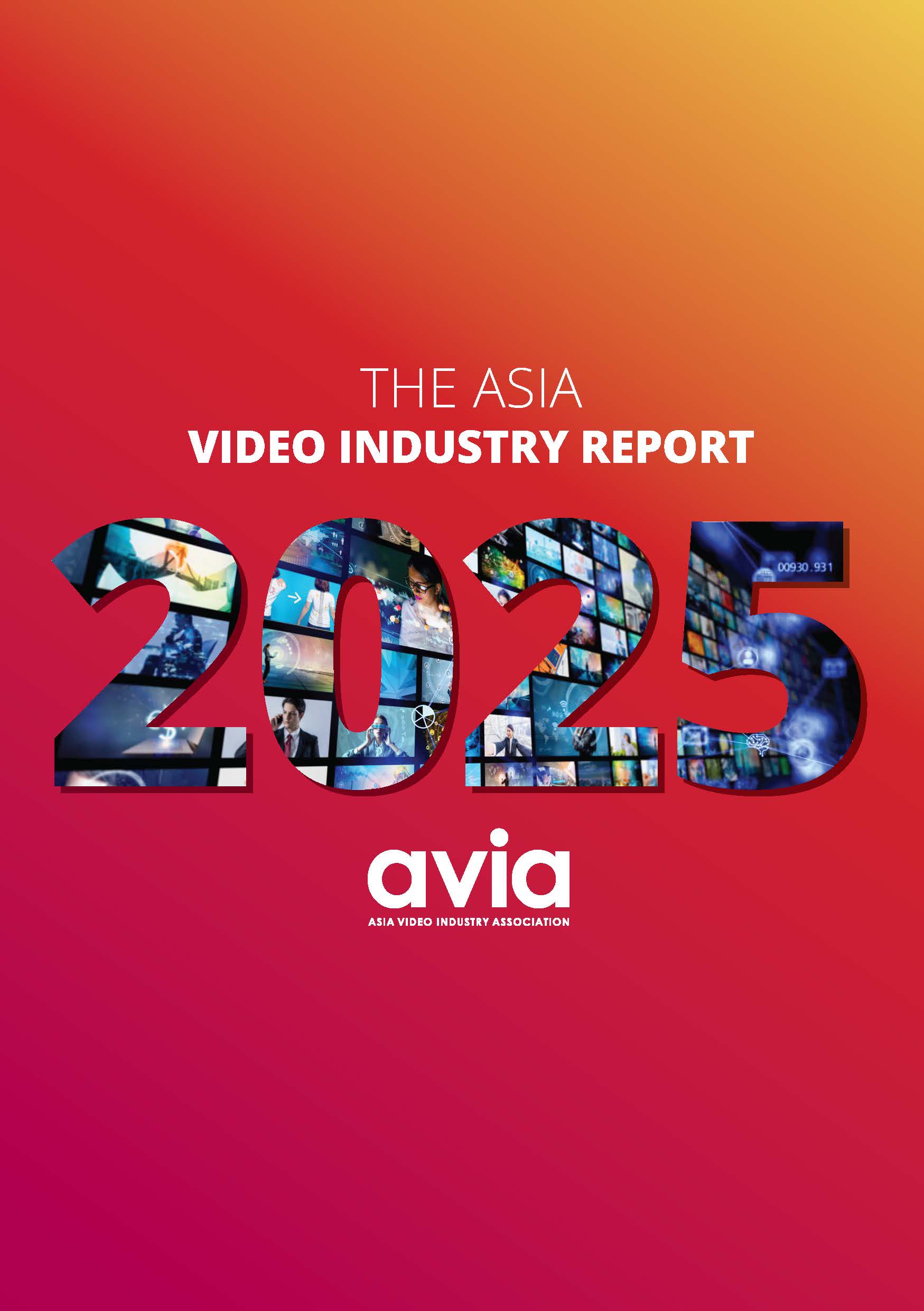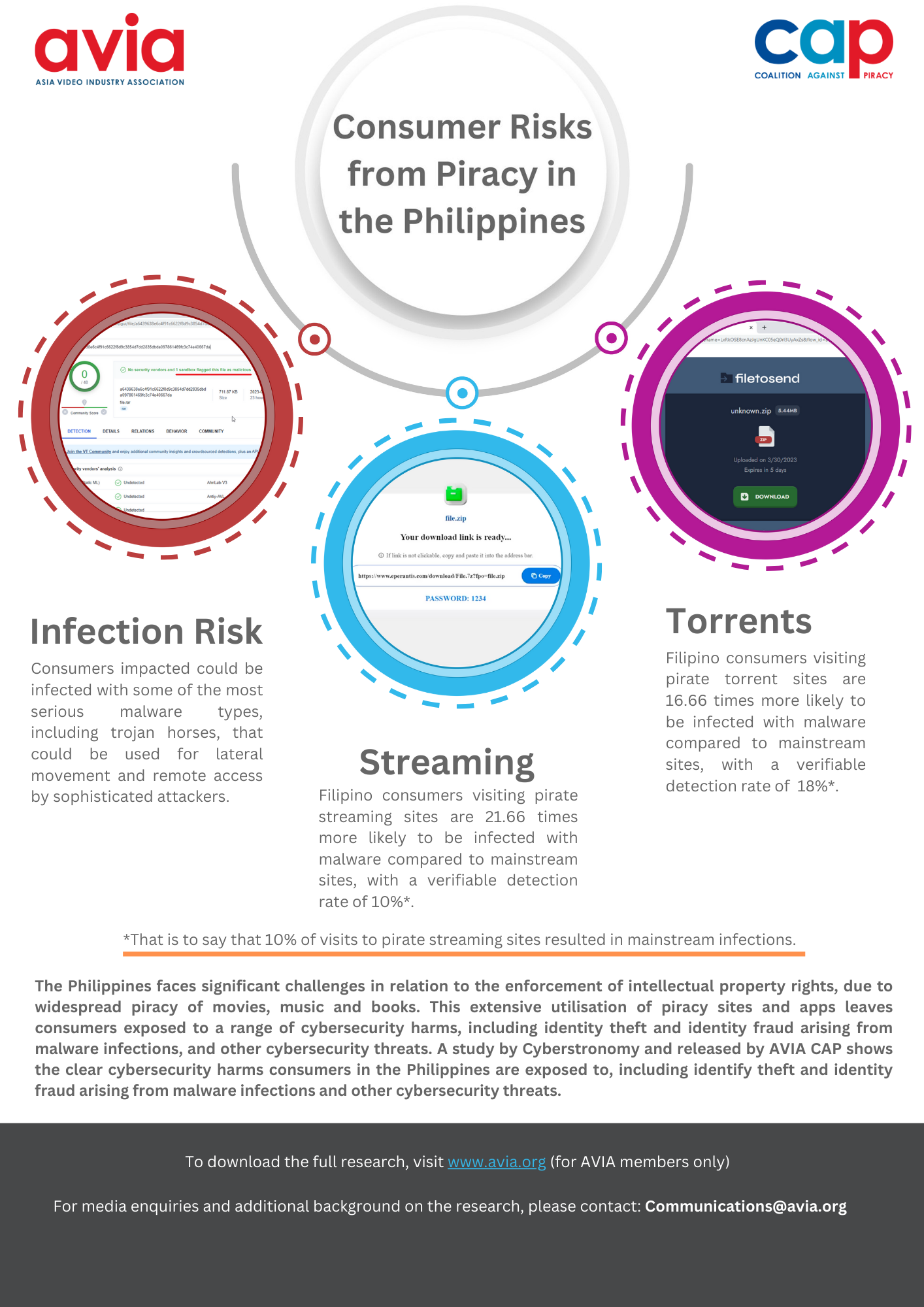The four Cs of Programmatic CTV: Content, Consumption, Cost-effectiveness and Conversions
October 7, 2024 3:13 pmConnected TV (CTV) is transforming how audiences consume television and video content – offering a personalised, on-demand experience that traditional TV simply cannot match. But there’s much more to CTV than an enhanced viewing experience, with the digital delivery of content generating vast amounts of data that can be activated for programmatic trading.
To break down the innovative ways that CTV allows advertisers to connect with their audiences, let’s explore the four Cs of programmatic CTV: content, consumption, cost-effectiveness and conversions and measurement. We’ll examine how each of these elements shapes the current landscape of CTV advertising and explore how brands can harness its potential to achieve a more direct connection to valuable audiences on the other side of the screen.
Content: A unified buying experience for a fragmented ecosystem
The rapid growth of CTV can largely be attributed to the accessibility and volume of content enabled by digital infrastructure, allowing viewers to pick and choose what they watch for highly individualised consumption.
As CTV infrastructure gains maturity throughout the Asia Pacific (APAC) region, major streaming services, both local and international, are investing heavily in acquiring existing content and creating original premium content, giving viewers access to more choices than ever before – and, by extension, giving advertisers more premium content to buy against, allowing them to tap into highly specific geographies, audience age ranges and demographics.
This explosion of digitally delivered content is a double-edged sword for advertisers. On one hand, it provides ample opportunities to connect to diverse audiences; on the other, there are significant challenges in effectively targeting these audiences.
The sheer volume of content is itself a hurdle. While there is a plethora of movies, shows, and other media available across an ever-expanding number of channels, pinpointing the right audiences within this content is challenging, with advertisers often struggling to understand the landscape beyond the major OTT apps, to find opportunities amongst the array of regional or genre-specific niches.
While content is still king, the audience is the autocrat. In contrast to linear TV, where the only option available to advertisers is to target the content and hope their desired audience is indeed watching, programmatic CTV allows advertisers to instead target a specific audience and to engage them wherever they are and whatever content they are watching.
This has the dual benefit of reducing wastage through inefficient blanket targeting strategies while also avoiding challenges created by the lack of standardisation in content signals currently available on CTV. Streaming services and OTT publishers each have their own approach to categorising and reporting which content a viewer is watching, making it difficult to target specific shows, genres, age categories, and so on. By targeting audiences instead, these issues are sidestepped.
Consumption: Tracking changing patterns for valuable audience insights
The shift from linear TV to CTV has rapidly transformed how audiences consume video content. Most importantly, these audiences leave digital footprints that allow these new content consumption patterns to be tracked. This provides advertisers with the opportunity to accurately target specific audience personas based on content consumption patterns with far more granularity than was possible on linear TV.
By mapping these consumption patterns with contextual content categories – a once-manual process that can now be automated with AI – advertisers can see how audience personas overlap with one another, opening more avenues for targeting. For example, if a target audience of K-pop fans who watched music videos were found to also over-index as viewers of murder mystery shows, a record label advertiser could target the latter content to reach its desired audience.
A major benefit of this approach is that, as these personas are developed using first-party contextual categories and consumption data, no identifiers are required. Consumption patterns can be tracked in environments without any logins, such as many Free Ad Supported TV (FAST) channels, and it is the backbone of content-recognition-based targeting technologies developed by OEMs, which can span all content consumed on the TV or streaming device regardless of channel origin.
It’s not just the consumption of content that is changing on CTV, but the consumption of ads too. Server-side ad insertion ensures ads are delivered in-stream, integrating seamlessly into the content to provide a less disruptive experience than legacy solutions that would cause interruptions and black screens due to format changes.
Then there is the potential to integrate digital triggers such as QR codes to give viewers the opportunity to interact directly with an advertisement – the closest thing TV advertisements have to a ‘click’. Interactive CTV ads provide an opportunity to leverage the high volume of viewers who watch TV with smartphones in hand, and draw attention back to the screen when it might otherwise stray.
Cost-effectiveness: Big screen advertising without big prices
CTV advertising offers a cost-effective solution for brands looking to reach their target audience with high-impact big-screen creatives. Unlike traditional linear TV advertising, which can be prohibitively expensive, CTV provides flexibility in pricing structures, such as cost per metric or cost per view. This flexibility makes it more affordable for brands to reach their desired audience.
The digital distribution of linear content through CTV allows advertisers to rethink pricing strategies. Traditional TV has been successful for a selection of top-tier brands, but CTV opens the door for a broader set of advertisers by lowering the barrier to entry. This has allowed a raft of new brands to gain access to the gold standard format that TV offers.
Conversions and measurement: The best of both digital and linear worlds
One of the primary benefits of CTV advertising is the ability to deliver relevant ads in a manner similar to digital advertising without relying on soon-to-be defunct third-party cookies. This is crucial in a landscape where privacy regulations are stripping the digital ecosystem of many of its lynchpin approaches to targeting. Instead, CTV leverages first-party data and contextual signals to create effective and personalised advertising campaigns.
Measuring the impact of ads on CTV involves several metrics, including video completion rates and engagement rates. Studies have shown that viewers are typically highly engaged with CTV ads; video completion rates indicate that viewers engage with videos for up to 90 seconds with an engagement rate of 91 percent. With high engagement comes more effective campaigns and increased conversions, expanding CTV’s potential as a channel for performance advertising in addition to its established status as an upper-funnel driver.
While advertisers can leverage data to create more effective CTV campaigns, the lack of information about individual viewers can be a roadblock to those accustomed to digital-like precision. CTV households often have multiple people watching, making it challenging to target ads per viewer, though this can be a benefit for campaigns that pursue household and family level targeting.
Advertisers should also explore data sources that reveal the long-term uplift from CTV campaigns. Though there has been progress in the development of interactive ads that generate an immediate response in viewers, TV is still often best suited to awareness-raising campaigns, the effects of which on conversions and other KPIs may only be felt weeks or even months after exposure.
For CTV advertising to reach its full potential, advertisers need total TV solutions that look across linear and CTV so that they can understand their audiences comprehensively. There have already been attempts by the industry to unite around common measurements and standards so that performance can be better judged across differing channels. However, blanket standardisation is a contentious issue as advertisers have differing perspectives on which metrics are most valuable.
Despite the rapidly changing landscape, CTV advertising continues to gain ground in APAC and is forecasted to increase by 8.1 percent in 2024, its rapid growth offsetting the gradual decline in linear TV advertising. With its rich data, cookie-free targeting, and high-quality viewing experience, it’s clear that the future of big-screen advertising in APAC is programmatically traded CTV.
| Luke Smith is the senior director, CTV and online video, APAC at Pubmatic. Smith has extensive experience in the connected TV space, with decades of market knowledge both in the Australian Pacific markets and overseas in the UK.Imagery by Nicolas J Leclercq and Kelly Sikkema on Unsplash. |
Categorised in: Industry News, Member News
This post was written by PubMatic























